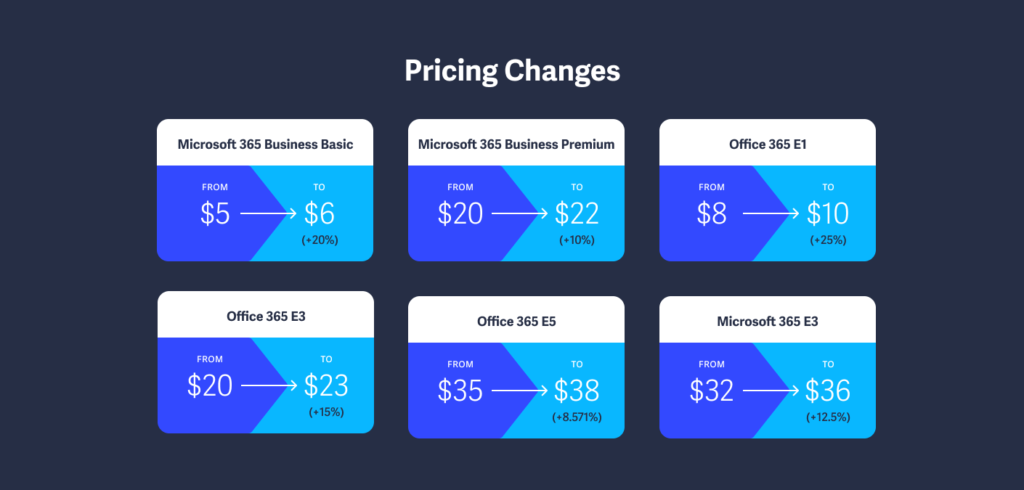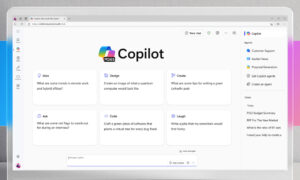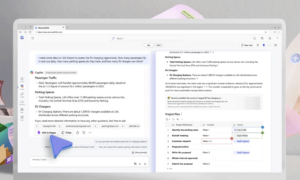As Microsoft introduces its first Microsoft 365 pricing increases in a decade, a new billing model means significant changes for Microsoft 365 customers.
You’ve probably heard of Microsoft 365. And there’s a good chance your business is leveraging some level of Microsoft 365 services, whether for desktop office applications or the full range of cloud services it offers. Since its introduction, Microsoft has continually enhanced the value of the platform and service by adding new features and, in some cases, entirely new products into the bundle.
When launched in June 2011, Office 365 included Word, Excel, PowerPoint, Outlook, Lync, Exchange, and InfoPath. Since then, Microsoft has expanded to include, most notably, Access, Bookings, Delve, Forms, OneDrive, OneNote, Planner, Power Apps, Power Automate, Power BI, Publisher, Stream, Teams, Visio, Whiteboard, and Yammer. And, of course, let’s not forget about SharePoint!
While it’s not surprising that Microsoft has continued to innovate and add features to the service, the pricing model (i.e., per user per month) has remained consistent, and the cost has not increased…until now.
Microsoft 365 Price Changes
That’s right, Microsoft announced in August 2021 they will be increasing prices for Microsoft 365 (formerly Office 365) for the first time since its inception in 2011. Beginning in March 2022*, Microsoft will raise pricing on the following core Microsoft 365 SKUs:
-
- Microsoft 365 Business Basic from $5 to $6 per user
- Microsoft 365 Business Premium from $20 to $22 per user
- Office 365 E1 from $8 to $10 per user
- Office 365 E3 from $20 to $23 per user
- Office 365 E5 from $35 to $38 per user
- Microsoft 365 E3 from $32 to $36 per user
It’s not all bad news, though. Due to the explosion in Microsoft Teams adoption, they will be including Teams Audio Conferencing functionality in the core SKUs at no additional cost. Teams Audio Conferencing allows meeting attendees to dial into a Teams meeting via phone. Previously this license cost an additional $4 per month per user.
Microsoft’s New Commerce Experience
Beyond the straightforward price increases, Microsoft is also introducing a new billing model titled the New Commerce Experience (“NCE”). Under the NCE, you will have three options to pay for your Microsoft 365 licenses:
-
- Month-to-Month, which is what most companies do today.
- Annual Commit
- Multi-Year Commit
The new options work as follows.
Month-to-Month
If you currently work with a Cloud Solutions Provider (CSP)—like Abel Solutions—for Microsoft 365 licensing, you will be familiar with this billing model. This option allows you to pay for licenses month-to-month based on what you’re using. You can also decrease license counts and realize the savings in the reduced usage month-to-month. The important change here is that under the NCE you will now pay a 20% premium on all month-to-month licenses, essentially for the convenience of changing your monthly licenses at will.
Annual Commit
Under this model, you must make a one-time payment for a set number of licenses on a 12-month term when your license renewal is due after March 2022. For example, if your organization uses Office 365 E3, you will no longer be able to pay $20/month per license. Instead, you will pay $276 per license ($23/license x 12 months) at renewal for the entire year of usage.
Additionally, while you can add licenses at any time during the term, you can only decrease license counts once per year. In this case, you won’t see the price savings until the following year when the license is renewed. However, you are able to reassign existing licenses within your organization as needed.
Multi-Year Commit
This option is similar to the annual commit, but it locks current pricing for a three-year term. Initially, it was assumed (and perhaps suggested) that there would be a deeper discount for the 3-year term (as there is with Microsoft Azure), but Microsoft clarified that this is not the case. The advantage of the multi-year commit is that it guards against potential price increases for the next three years.
Alternative Licensing Approaches
Fortunately, we’ve learned that you can combine these options to manage license usage to better suit your company’s needs. For example, suppose your organization has a consistent workforce of 500 employees and another 100 seasonal/periodic employees. In that case, you could license the 500 under a annual or multi-year commitment and then license the seasonal/periodic staff on a month-to-month subscription, avoiding the 20% premium on the bulk of your licensing needs.
Summary of Changes and Next Steps
These changes could result in a meaningful increase in your licensing costs and how you pay for them. If you’re working with a CSP for your Microsoft 365 licensing, have they proactively contacted you to discuss the changes and the potential impact on your business? Are they consulting with you on the various approaches, timelines, and potential promotions?
Abel Solutions is here to help. As a Microsoft Gold Partner and Cloud Solutions Provider, we can help you fully understand the impact of these changes on your business and map out the licensing strategy that makes the most sense for your company.
One big takeaway is that we should expect other license SKUs to see price increases over the next couple of years. It’s highly likely that Microsoft won’t wait another decade without increasing prices again! Working with a trusted partner helps give you peace of mind to know that you won’t be caught unprepared for these types of changes as you continue on your digital transformation and cloud journey.
This Abel Insight was written by Abel Solutions’ IT Services Manager, Jason Casteel.







